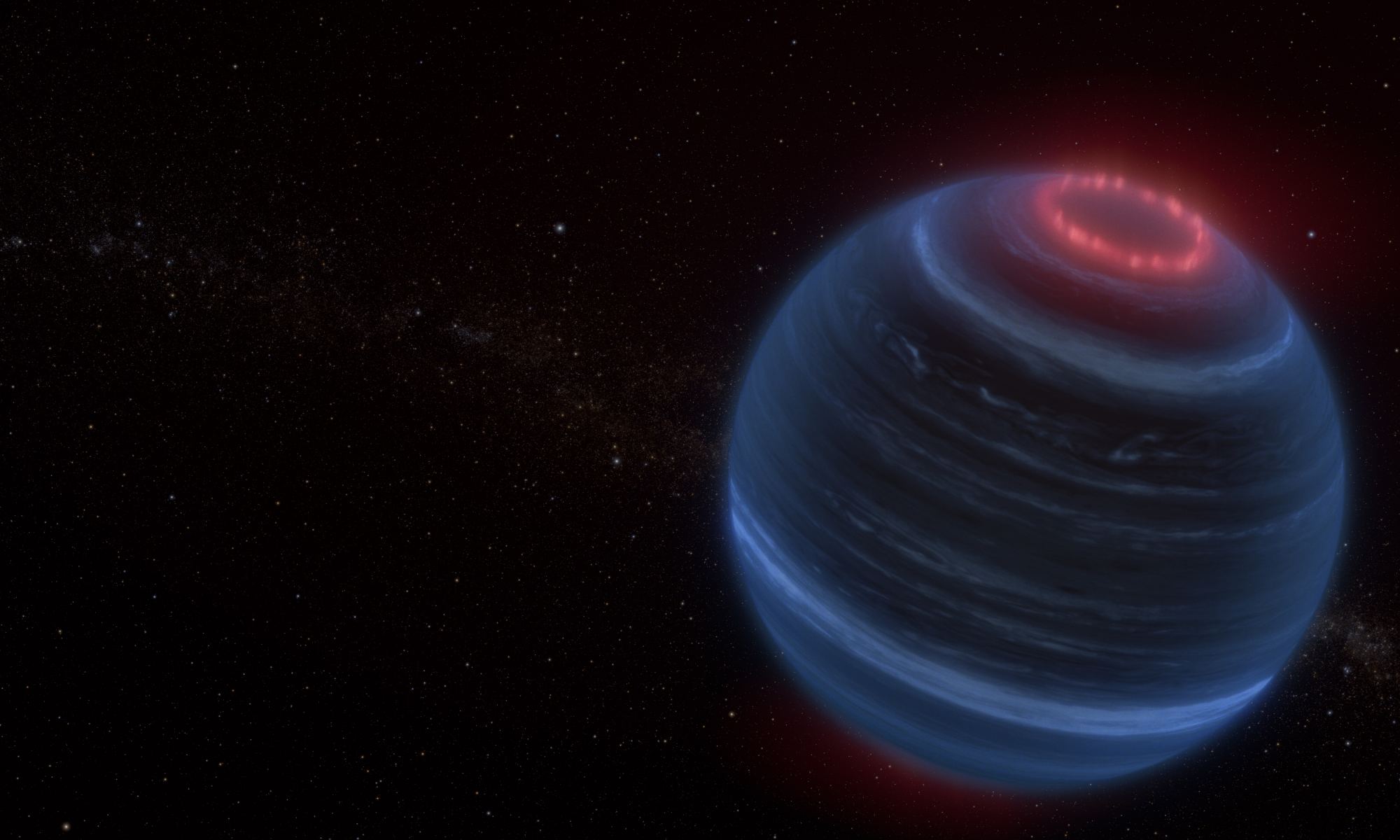A recent discovery in the field of astronomy has shed light on the enigmatic behaviors of black holes, particularly focusing on their ability to consume surrounding stars. This article aims to explore the recent findings regarding a star-devouring black hole spotted by astronomers, the implications of this phenomenon on our understanding of the universe, and the methodology behind the discovery.
The Discovery of CSS161010
A team of astronomers led by Claudia Gutiérrez from the Institute of Space Sciences and the Catalina Sky Survey reported the detection of a fast and bright burst of energy emanating from a galaxy located approximately 500 million light-years from Earth. The burst, designated as CSS161010, was observed utilizing data from the Catalina Real-Time Transient Survey (CRTS), supplemented by observations from the Gran Telescopio Canarias. Intriguingly, this cosmic event was attributed to a small black hole engulfing a star, which opens up new avenues for studying stellar evolution and the violent interactions that can occur in the presence of such gravitational forces.

Reconstruction of cosmic event CSS161010 where a small black hole consumes a star. Credits: Gabriel Pérez (IAC)
Understanding Black Holes
Black holes represent the remnants of massive stars that have succumbed to gravitational collapse at the end of their lifecycle. Their gravitational forces are so intense that not even light can escape once it crosses a boundary known as the event horizon. Consequently, while black holes themselves remain elusive and virtually impossible to observe directly, astronomers can infer their existence and behaviour indirectly through the gravitational effects they exert on nearby matter, such as gas clouds and stars.
The Nature of CSS161010
CSS161010 was marked by its extraordinary brightness, reaching peak luminosity just four days post-detection before undergoing a rapid decline. Subsequent analyses of the spectral properties of the burst unveiled significant findings:
- Hydrogen lines were observed indicating gas moving at velocities approaching 10% the speed of light.
- This rapid motion of material resembles phenomena typically associated with active galactic nuclei housing supermassive black holes, suggesting that even relatively small black holes can generate powerful events.
- The burst diminished in brightness by a factor of 900 over two months, implying a highly dynamic and rapidly evolving event.
Methodology of Discovery
The Catalina Real-Time Transient Survey (CRTS), launched in 2004, employs a network of telescopes based in Arizona to conduct wide-field surveys, effectively scanning vast stretches of the sky to identify transient astronomical events such as supernovae and asteroid activity. The revamping of previously detected events, like CSS161010, is a crucial aspect of this ongoing research.
| Aspect of Study | Findings | Source |
|---|---|---|
| Distance from Earth | 500 million light-years | CRTS |
| Maximum Brightness Timeframe | 4 Days | Observational Analysis |
| Decrease in Brightness | 900 times over two months | Spectral Analysis |
| Velocity of Gas | Up to 10% of speed of light | Spectral Analysis |
| Emission Lines | Shift similar to supermassive black hole activity | Study Findings |
The Catalan Exploration
Utilizing advanced telescopes and detection technologies, the research team engaged in extensive observations following the initial detection of CSS161010. Their findings drew comparisons to other observed phenomena in the universe, leading to a deeper understanding of how black holes interact with their environment.

3D rendering of a rapidly spinning black hole's accretion disk. Credit: Ore Gottlieb et al. (2024)
Future Implications
This groundbreaking discovery not only underscores the unpredictability and complexity of black hole dynamics but also sets the stage for further exploration within the realms of cosmic phenomena. Black holes remain one of the universe's greatest enigmas, and continued research into events like CSS161010 affords scientists insights into the nature of these powerful cosmic entities.
| Future Research Directions | Focus Areas |
|---|---|
| Phenomena Similar to CSS161010 | Understanding rapid bright bursts from black holes. |
| Stellar Evolution | The lifecycle of stars in close proximity to black holes. |
| Accretion Disks | Analyzing the structures surrounding black holes. |
| Environmental Impact | Effects of black holes on surrounding stellar formations. |
| Interdisciplinary Collaboration | Collaborations with other scientific fields for multifaceted insights. |
Conclusion
The sensitivity of current astronomical instruments has opened windows into previously obscured territories in our universe. The identification of CSS161010 as a stellar consumption event highlights just how dynamic and energetic the processes surrounding black holes can be. Ongoing studies are sure to uncover more about the intricate relationships between stars and black holes, ultimately expanding our comprehension of the cosmos.
References
For more information, consult Universe Today on this recent finding and follow up on the latest updates in the field of black hole studies.



